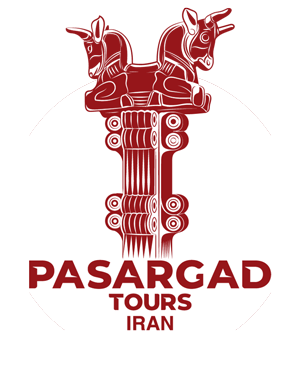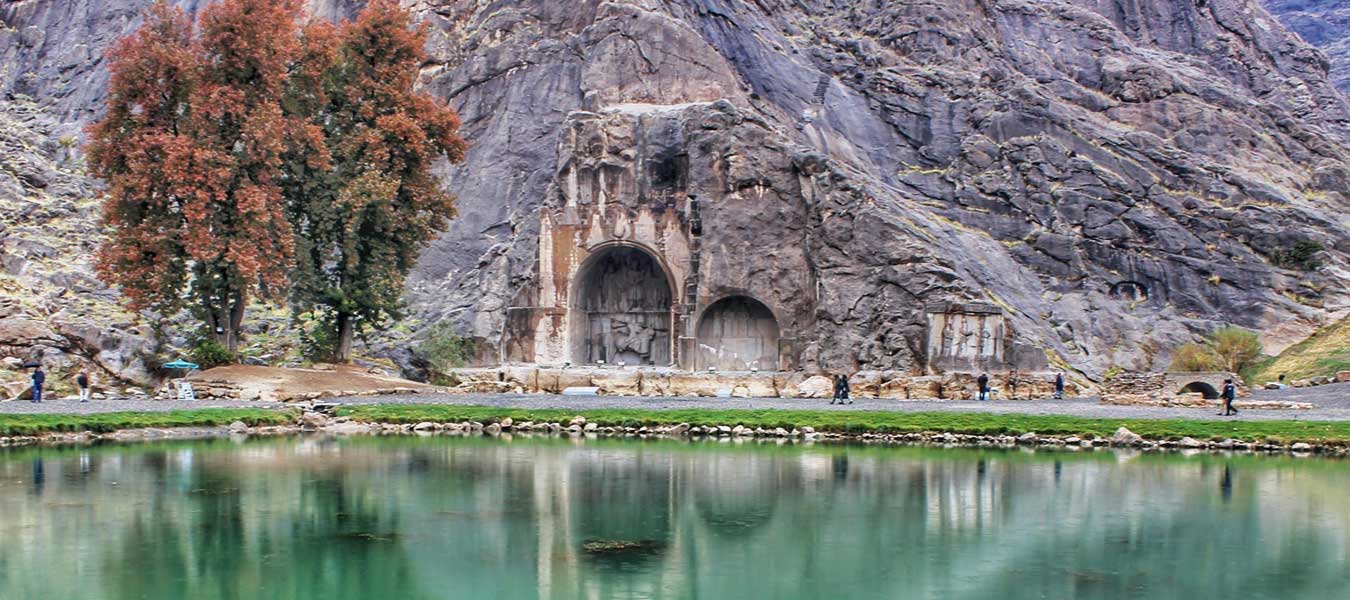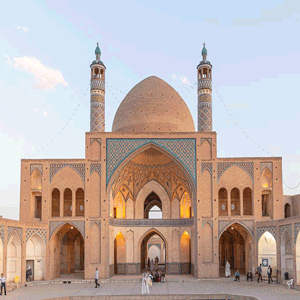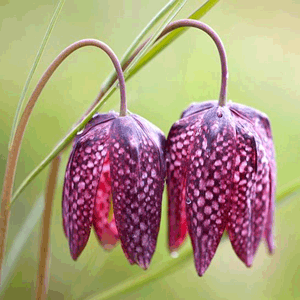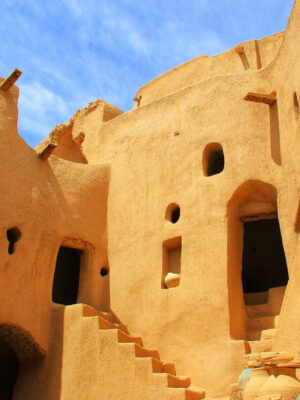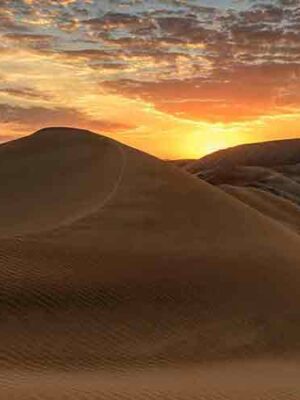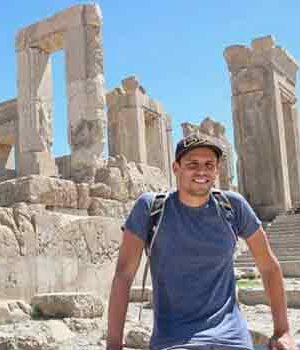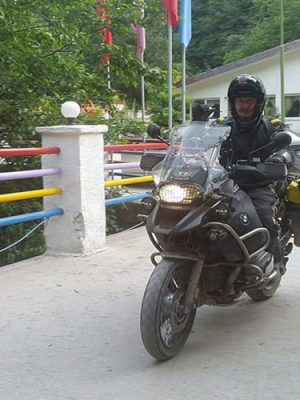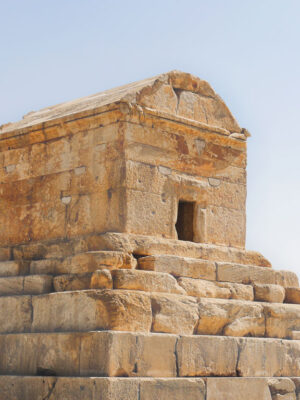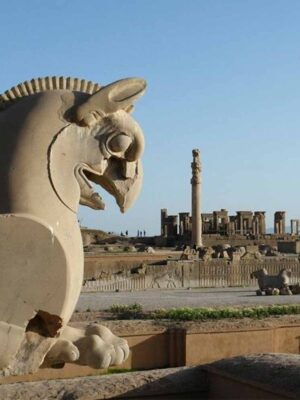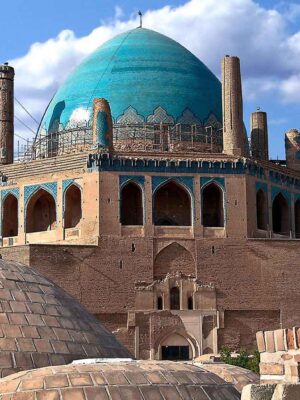The oldest rock relief of Iran, “Annubanini”, which is a monument from Lullubians who were under the support of the Akkadian empire in the second millennium BC, is in Kermanshah. The UNESCO world heritage site, “Bisotun”, is another crucial monument that is 30 kilometers off the Kermanshah. The Bisotun complex contains valuable remnants from the Achaemenid, Greek, Parthian, Sassanid, and Islamic periods. Hercules’ rock relief at Bisotun is a symbol of Greek art which has remained from Alexander and the Seleucid period. As another rock relief in Kermanshah, we can refer to Taq-E -Bostan, located near the Bisotun. This magnificent remnant represents the flourishing period of the Sassanid Empire, invading and overrunning simultaneous with the Romans.
Pre-historic Human Settlements
However, the history of human settlements in Kermanshah province is much older than other parts of Iran. Archaeologists have found unique signs of Middle Paleolithic Neanderthal man in the mountains of the city. This can prove the archaism of this fabulous site. The people of this province have taken an outstanding part in the food production revolution(Neolithic). We have also discovered oldest Iranian pottery in the last layer of the “Ganj dare (Treasure Valley)” mound.
The lotus in front of the goddess Anahita, the goddess of water, in Taq-E-Bostan rock relief and on the lakes of Kermanshah, has caused lotus to become the brand of Kermanshah. Kermanshah that was known with the name Qermisin in the Islamic era has always embraced the merchants, travelers, and pilgrims along the Khurasan road and the “Qara soo (Blackwater in Turkish)” river. The Khurasan Road is a branch of the Silk Road, which was a route for pilgrims to Khorasan and the religious cities of Iraq like Najaf and Karbala. There are a lot more than what we wrote here to visit in this ancient city of Persia.
Kermanshah
The oldest rock relief of Iran, “Annubanini”, which is a monument from Lullubians who were under the support of the Akkadian empire in the second millennium BC, is in Kermanshah. The UNESCO world heritage site, “Bisotun”, is another crucial monument that is 30 kilometers off the Kermanshah. The Bisotun complex contains valuable remnants from the Achaemenid, Greek, Parthian, Sassanid, and Islamic periods. Hercules’ rock relief at Bisotun is a symbol of Greek art which has remained from Alexander and the Seleucid period. As another rock relief in Kermanshah, we can refer to Taq-E -Bostan, located near the Bisotun. This magnificent remnant represents the flourishing period of the Sassanid Empire, invading and overrunning simultaneous with the Romans.
Pre-historic Human Settlements
However, the history of human settlements in Kermanshah province is much older than other parts of Iran. Archaeologists have found unique signs of Middle Paleolithic Neanderthal man in the mountains of the city. This can prove the archaism of this fabulous site. The people of this province have taken an outstanding part in the food production revolution(Neolithic). We have also discovered oldest Iranian pottery in the last layer of the “Ganj dare (Treasure Valley)” mound.
The lotus in front of the goddess Anahita, the goddess of water, in Taq-E-Bostan rock relief and on the lakes of Kermanshah, has caused lotus to become the brand of Kermanshah. Kermanshah that was known with the name Qermisin in the Islamic era has always embraced the merchants, travelers, and pilgrims along the Khurasan road and the “Qara soo (Blackwater in Turkish)” river. The Khurasan Road is a branch of the Silk Road, which was a route for pilgrims to Khorasan and the religious cities of Iraq like Najaf and Karbala. There are a lot more than what we wrote here to visit in this ancient city of Persia.
Kermanshah
The oldest rock relief of Iran, “Annubanini”, which is a monument from Lullubians who were under the support of the Akkadian empire in the second millennium BC, is in Kermanshah. The UNESCO world heritage site, “Bisotun”, is another crucial monument that is 30 kilometers off the Kermanshah. The Bisotun complex contains valuable remnants from the Achaemenid, Greek, Parthian, Sassanid, and Islamic periods. Hercules’ rock relief at Bisotun is a symbol of Greek art which has remained from Alexander and the Seleucid period. As another rock relief in Kermanshah, we can refer to Taq-E -Bostan, located near the Bisotun. This magnificent remnant represents the flourishing period of the Sassanid Empire, invading and overrunning simultaneous with the Romans.
Pre-historic Human Settlements
However, the history of human settlements in Kermanshah province is much older than other parts of Iran. Archaeologists have found unique signs of Middle Paleolithic Neanderthal man in the mountains of the city. This can prove the archaism of this fabulous site. The people of this province have taken an outstanding part in the food production revolution(Neolithic). We have also discovered oldest Iranian pottery in the last layer of the “Ganj dare (Treasure Valley)” mound.
The lotus in front of the goddess Anahita, the goddess of water, in Taq-E-Bostan rock relief and on the lakes of Kermanshah, has caused lotus to become the brand of Kermanshah. Kermanshah that was known with the name Qermisin in the Islamic era has always embraced the merchants, travelers, and pilgrims along the Khurasan road and the “Qara soo (Blackwater in Turkish)” river. The Khurasan Road is a branch of the Silk Road, which was a route for pilgrims to Khorasan and the religious cities of Iraq like Najaf and Karbala. There are a lot more than what we wrote here to visit in this ancient city of Persia.
Related Tours





